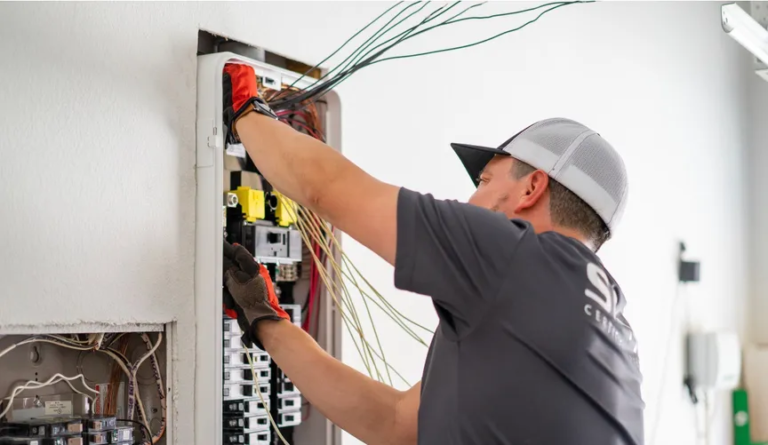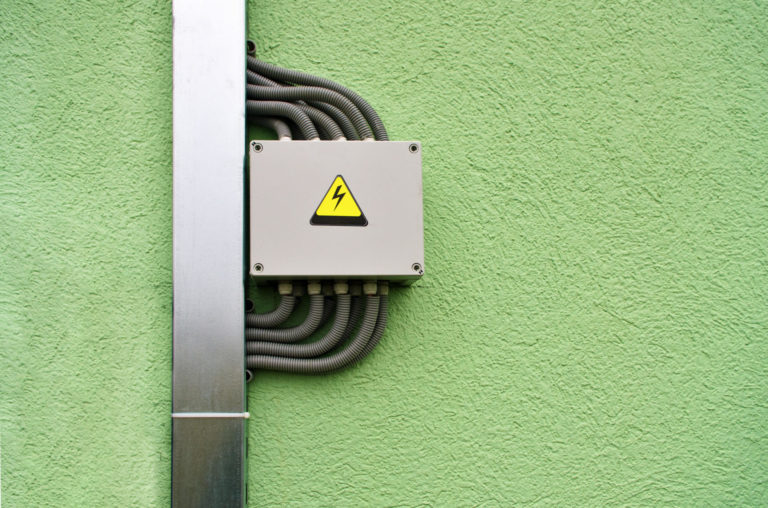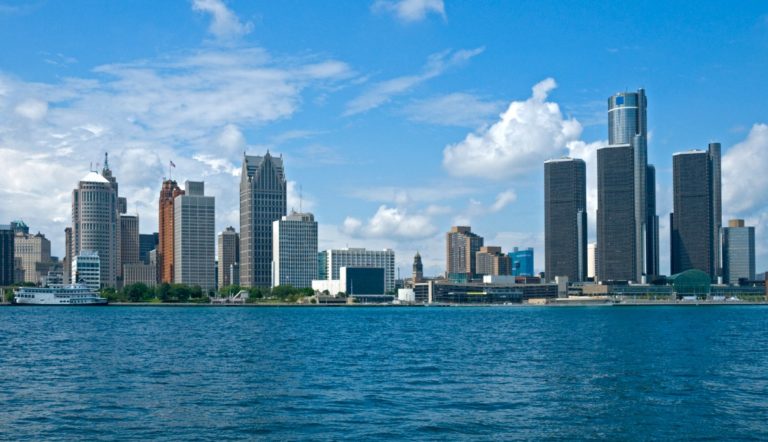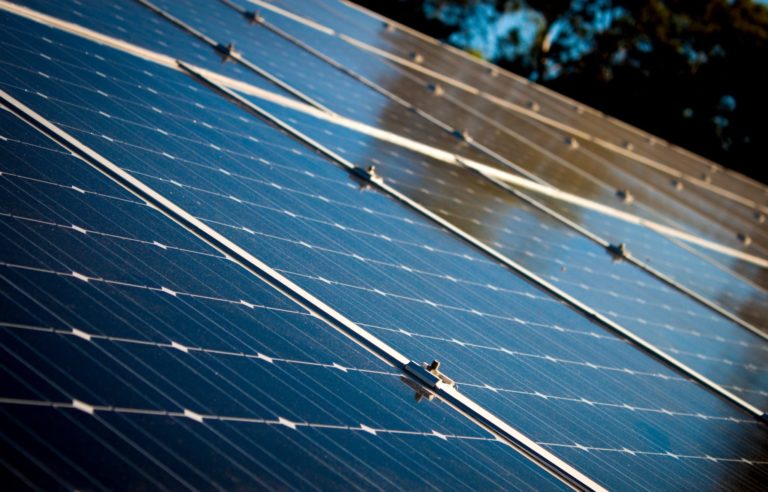September 18, 2019
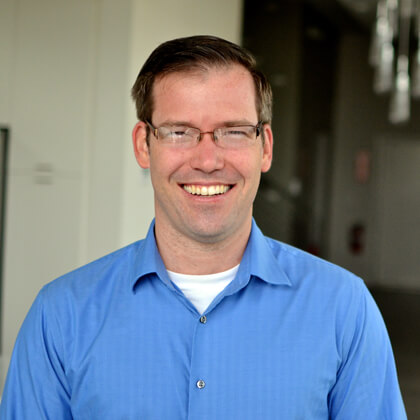 By Scott Hinson, chief technology officer, Pecan Street
By Scott Hinson, chief technology officer, Pecan Street
“…..and on the second and third floors, we have 3D printers, a CNC laser cutter for precision 2D parts, solder reflow/rework stations, and test equipment.”
I can’t tell you how often I’ve uttered that sentence during a tour of the Pecan Street lab. It’s all true, but it doesn’t do our capabilities justice. Located in the heart of the Mueller community where we started our research 10 years ago, our lab can take an idea from concept to functional prototype in a few short days or hours.
If we are going to wean the world off fossil fuels on the timeline required to avoid the worst-case climate change scenarios, we need to very quickly develop the technologies and policies that will enable the transition to an affordable, reliable and secure clean energy system.
We need our electricity generation, use, and storage to be smarter, better connected, and more efficient. Thanks to what we’ve built over the last 10 years, these are the kinds of advances we are able to accelerate at Pecan Street’s lab.
When I got my start in engineering 22 years ago, making a prototype involved tremendous amounts of manual labor and was a lot less high-tech than the final product might suggest. We had to wire circuits by hand. We crafted enclosures out of metal, wood, or, sometimes, Altoids cans. Jump ahead 20 years, and we can now simulate the electrical power dissipation of an entire house, solder hundreds of tiny parts not much bigger than an ant, and upload and print a custom-designed enclosure….all in the same room.
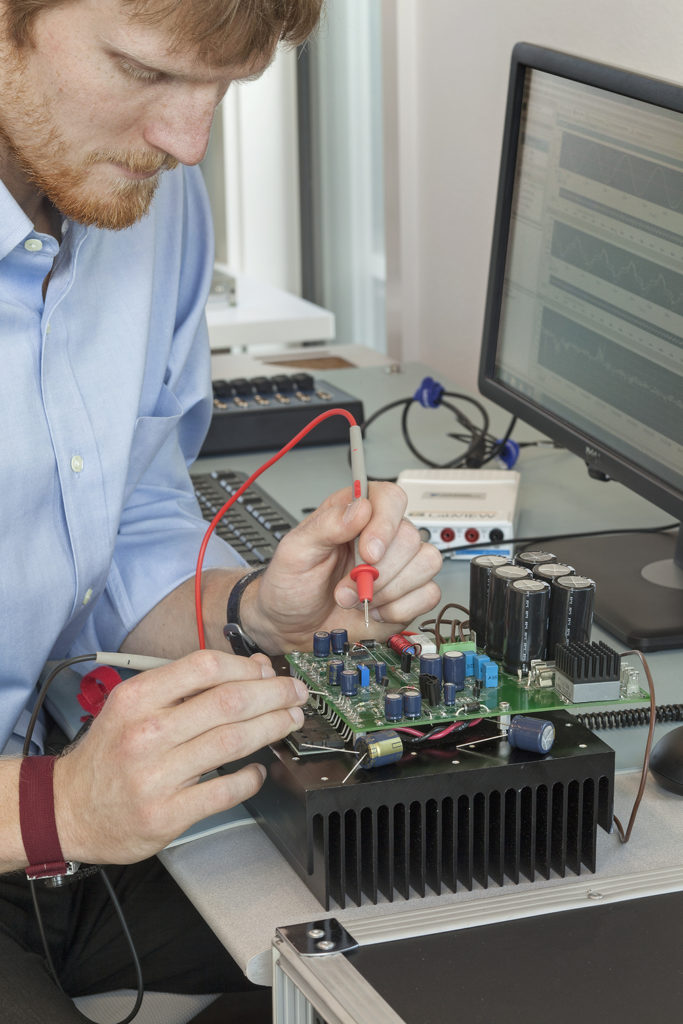 For one project, we designed battery-operated circuitry to measure changes in magnetic fields so small they couldn’t be picked up by a compass. And the device needed a 5- to 10-year battery life. This isn’t the sort of thing you get right on the first try, so being able to iterate over the course of several prototypes was critical. That we were able to do the majority of the assembly and testing in our building without being dependent on contract manufacturing and avoiding the time for round trip shipping meant that we could go from prototype to field trials in weeks instead of months.
For one project, we designed battery-operated circuitry to measure changes in magnetic fields so small they couldn’t be picked up by a compass. And the device needed a 5- to 10-year battery life. This isn’t the sort of thing you get right on the first try, so being able to iterate over the course of several prototypes was critical. That we were able to do the majority of the assembly and testing in our building without being dependent on contract manufacturing and avoiding the time for round trip shipping meant that we could go from prototype to field trials in weeks instead of months.
Equipment is only part of the story. With our ability to run field trials for large companies and our staff’s experience in transportation, city planning, medical device design, solar panel design, power electronics, power distribution, IoT, and many other areas, we regularly consult with cleantech startups to prepare them for what it’ll take to get their device into the market. They get the same time advantage without incurring the cost of building their own lab. From product safety compliance to cybersecurity best practices, we regularly interact with companies from all over the country (and sometimes the world) to fill holes in their product plans.
For example, one product needed to connect to high voltage circuits but also be safe enough for customers to manually connect or disconnect cables. That required the product to meet both E.U. and U.S. standards for creepage, clearance, and magnetic isolation. We helped them design circuits, find parts, and create a printed circuit board that would meet their functional and safety needs.
Our lab has become a great symbol of what the Pecan Street team has evolved into over 10 years. At our core, we’re a water and energy research organization, developing research methods, data streams, and analytics that are available nowhere else in the world. But to do all that, we’ve had to invent a lot of tech along the way. That experience is helping companies invent, test, and deploy their own products a lot faster and more affordably than they can on their own.











